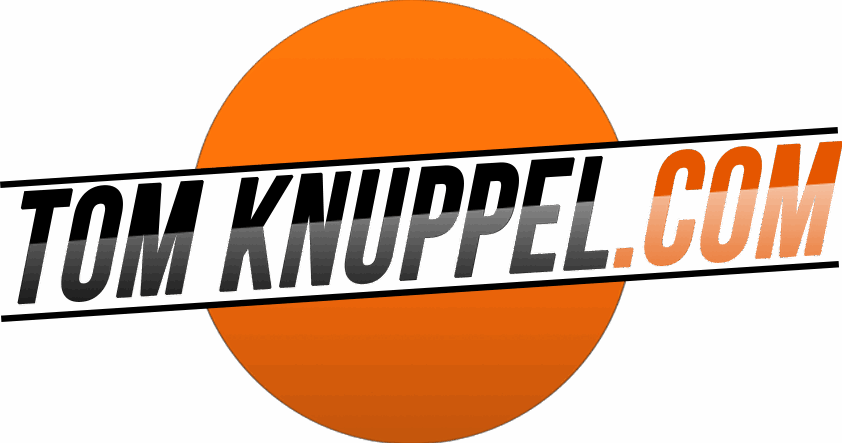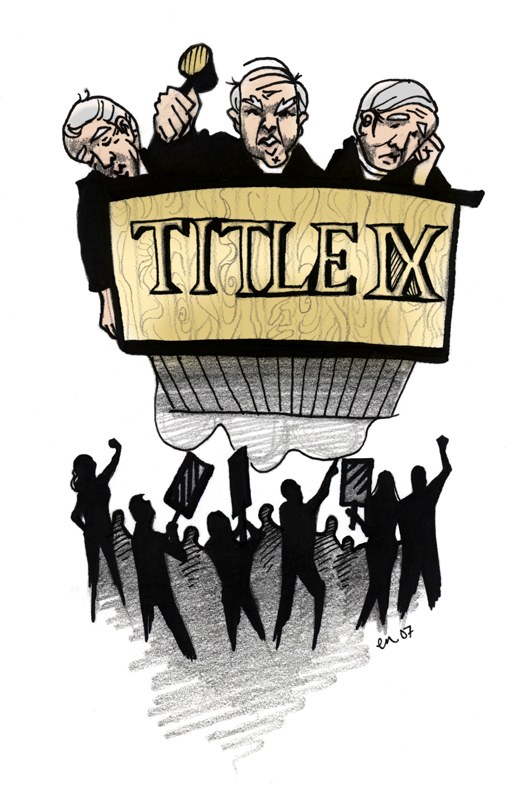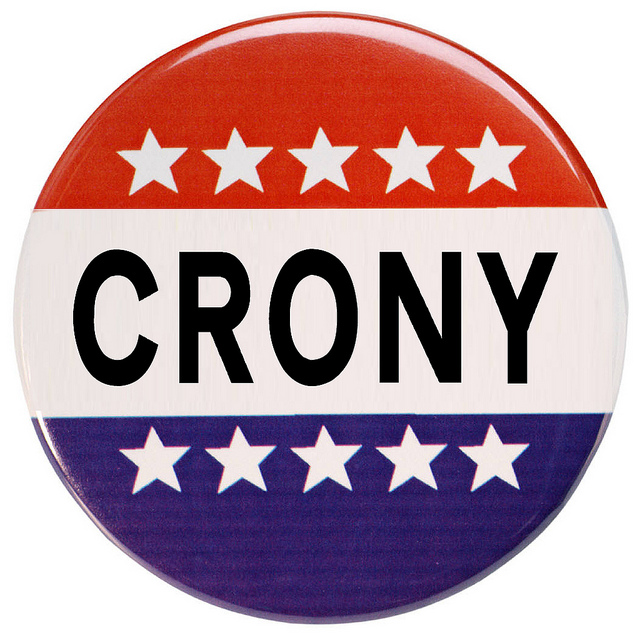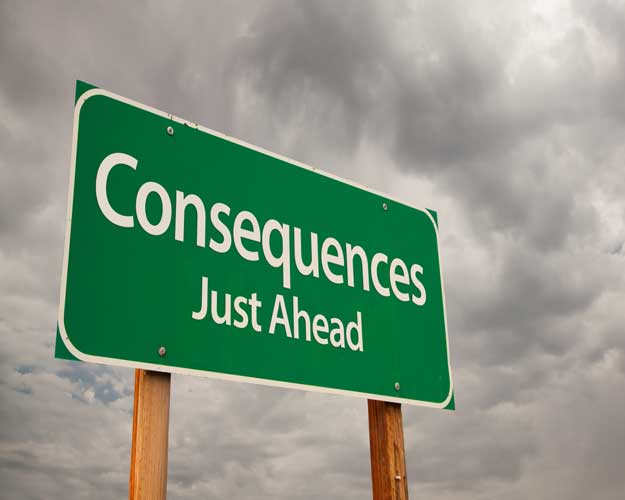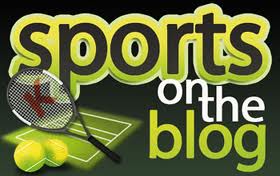Is the Second Amendment the Greatest of All Amendments?
The title may be a bit misleading as the real premise here is the fact that the 2nd Amendment has trampled the 1st Amendment. Where and how you ask? In Utah. I am not writing this to debate the merits of Anita Sarkeesian, who is a feminist that is challenging the stereotypes of women…
